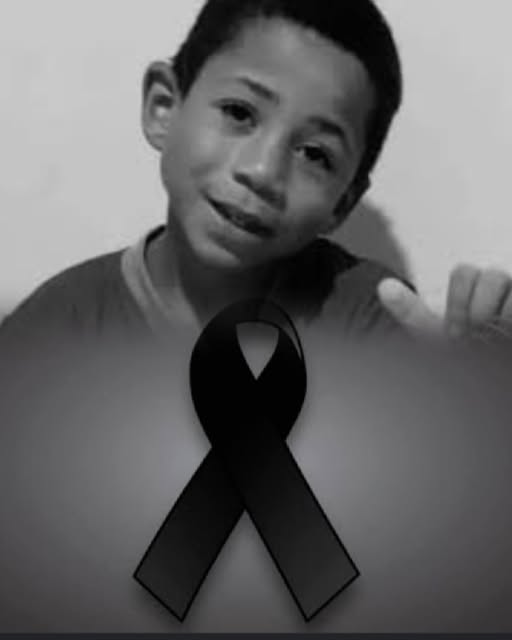

The storm had come down hard the night before, the kind of relentless rain that turns familiar streets into unfamiliar terrain. It flooded gutters, softened soil, and left behind a mess no one wanted to deal with. By the next morning, the sun had broken through, but the ground was still slick, puddles pooled in every dip of the pavement, and anything deeper than a few inches was clouded with muddy water.
In the middle of that quiet neighborhood, an 8-year-old boy stepped outside like he had dozens of times before. Kids bounce back fast after storms. Where adults see hazards, children see adventure. The street was wet, but the sky was clear, and the world finally looked inviting again. His family had warned him to stay close. They knew the area had drainage issues and spots that tended to collapse during heavy rain, but kids don’t calculate risk the way adults do. To him, the world was still safe.
A few neighbors saw him walking ahead of his mother, splashing lightly in the shallow water near the curb. He wasn’t doing anything reckless. He wasn’t running into traffic or climbing anything unstable. He was simply being a kid on a wet morning. And then, with no warning, the ground gave out beneath him.
Authorities roped off the area and began an investigation immediately. It didn’t take long to identify what had happened. The hole was part of an old utility access point, patched years ago and partially covered. Over time, the soil had shifted, the cover deteriorated, and heavy rain had hollowed it out. It was a hazard waiting to happen, invisible until it was too late.
Investigators weren’t subtle about it: someone had failed to maintain the site properly. Whether it was the municipality, a contractor, or a private property owner depended on boundary maps and maintenance records, but someone was responsible. The fact that the hole had been partially covered only made it more deadly. Anyone could have stepped there. Any adult. Any child. But that morning, it was an 8-year-old boy who didn’t stand a chance.
His family was shattered. No parent imagines losing a child in such a senseless way. Neighbors brought food, flowers, condolences—small gestures that do nothing to fill the fracture left behind. The local school sent counselors. The city offered psychological support. But grief like that doesn’t get fixed; it just gets carried.
Community reactions shifted from heartbreak to anger. People wanted answers. They wanted accountability. They wanted reassurance that this would never happen again. Residents sent photos of other flooded areas and unstable patches to the city, demanding inspections and repairs. Some brought up past complaints they had filed—reports of soft ground, drainage issues, or partially collapsed sidewalks that had been “noted” but never addressed.